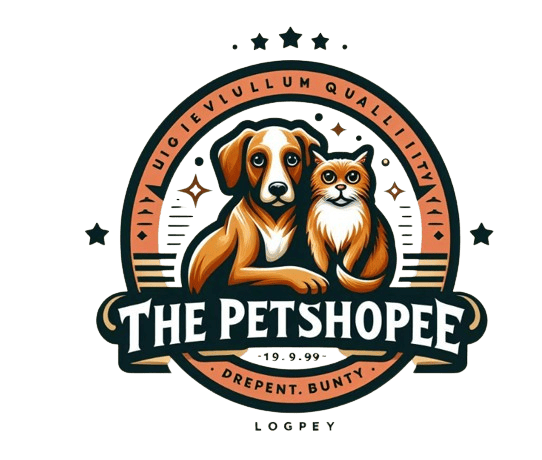Free Shipping On All Orders Over $150.
Choosing Nutritious Dog Food: A Guide to Keeping Your Pup Healthy
Choosing Nutritious Dog Food: A Guide to Keeping Your Pup Healthy
Introduction
As a responsible dog owner, you want the best for your furry companion. One of the most crucial aspects of your dog’s well-being is their diet. Providing high-quality, nutritious food ensures that your dog stays healthy, maintains a shiny coat, and has the energy to play fetch all day long! In this blog post, we’ll explore the key elements of a healthy dog diet and offer practical tips for selecting the right food.
1. Understand Your Dog’s Nutritional Needs
Before diving into specific food options, it’s essential to understand what your dog needs to thrive. Here are the primary nutrients your dog requires:
a. Protein
Protein is the building block of muscle and essential for overall health. Look for dog foods with high-quality protein sources like chicken, beef, fish, or lamb. Avoid fillers and by-products.
b. Carbohydrates
Carbs provide energy. Opt for whole grains like brown rice or sweet potatoes. Avoid excessive grain fillers and opt for complex carbs.
c. Healthy Fats
Fats support skin health and provide energy. Look for foods with omega-3 and omega-6 fatty acids from sources like fish oil or flaxseed.
d. Vitamins and Minerals
These micronutrients are crucial for immune function, bone health, and overall vitality. A balanced diet should include vitamins A, D, E, and minerals like calcium and phosphorus.
2. Read Ingredient Labels
When shopping for dog food, read the ingredient labels carefully. Avoid foods with artificial additives, preservatives, and excessive fillers. Look for recognizable ingredients and minimal processing.
3. Consider Your Dog’s Age and Size
Puppies, adult dogs, and seniors have different nutritional requirements. Choose food formulated for your dog’s life stage. Additionally, consider your dog’s size—small breeds may need different kibble sizes than large breeds.
4. Wet vs. Dry Food
Both wet and dry dog food have their benefits. Wet food provides extra hydration, while dry kibble helps keep teeth clean. Some owners even mix both for variety.
5. Avoid Common Allergens
Certain ingredients can trigger allergies in dogs. Common allergens include wheat, soy, and dairy. If your dog shows signs of allergies (itchy skin, digestive issues), consider hypoallergenic food.
6. Homemade vs. Commercial Food
While homemade meals can be nutritious, they require careful planning. If you choose to cook for your dog, consult a veterinarian or canine nutritionist. High-quality commercial dog food is convenient and often well-balanced.
7. Transition Gradually
When switching your dog’s food, do it gradually over a week to avoid digestive upset. Mix the old and new food to ease the transition.
Conclusion
Remember that every dog is unique, and their dietary needs may vary. Consult your veterinarian to create a personalized feeding plan. By choosing nutritious dog food, you’re investing in your dog’s long-term health and happiness.





0 comment
Be the first to comment